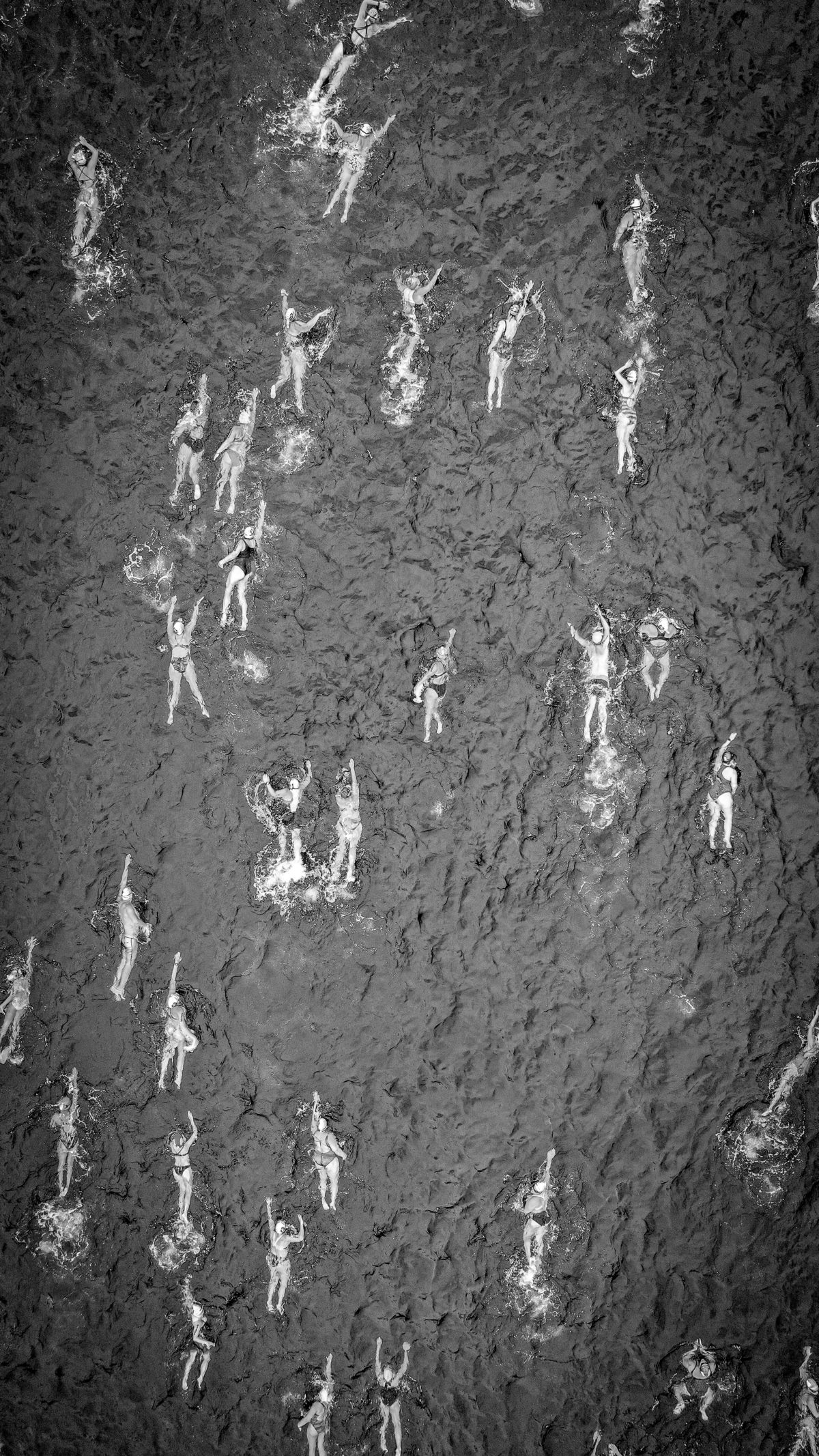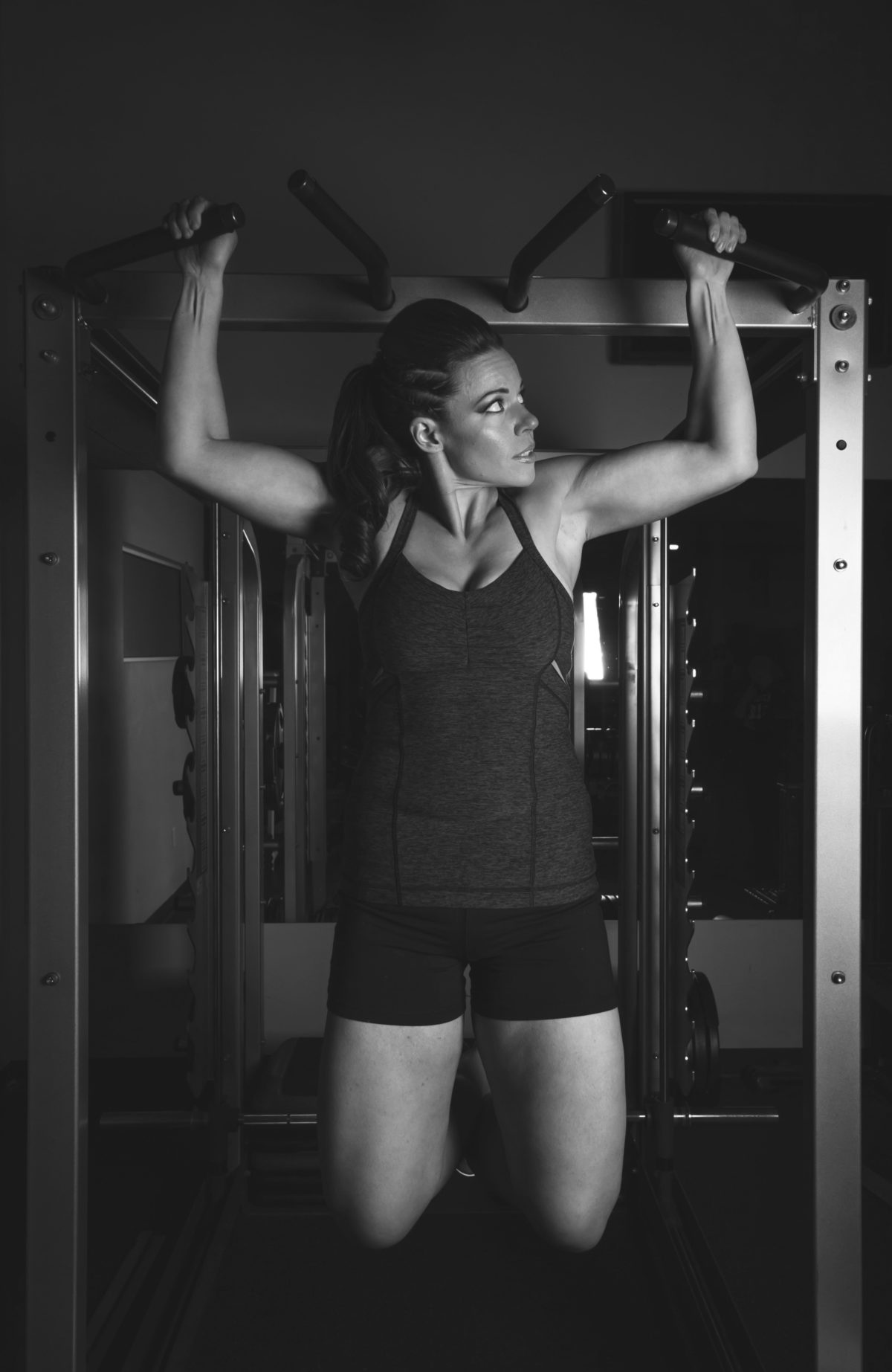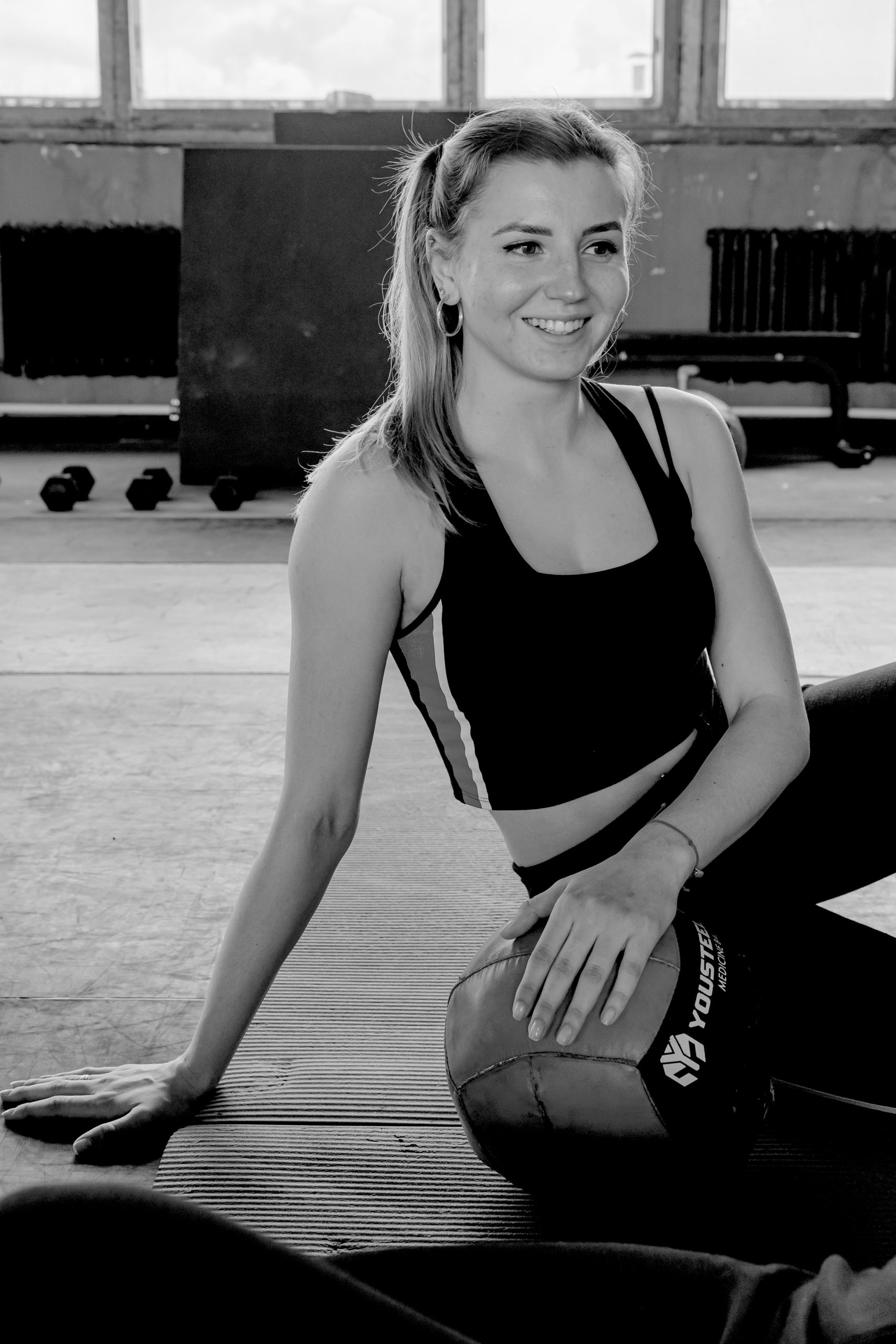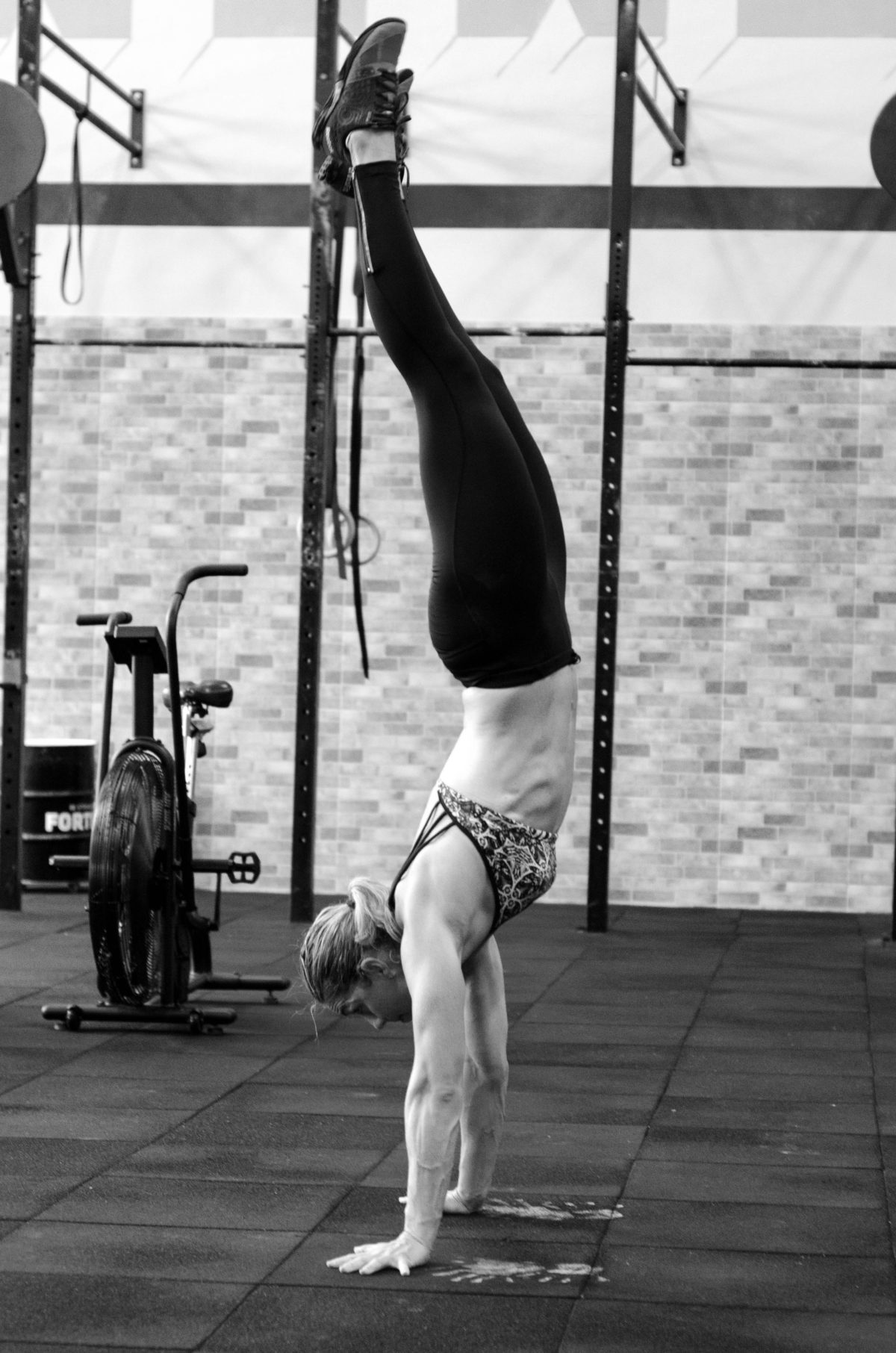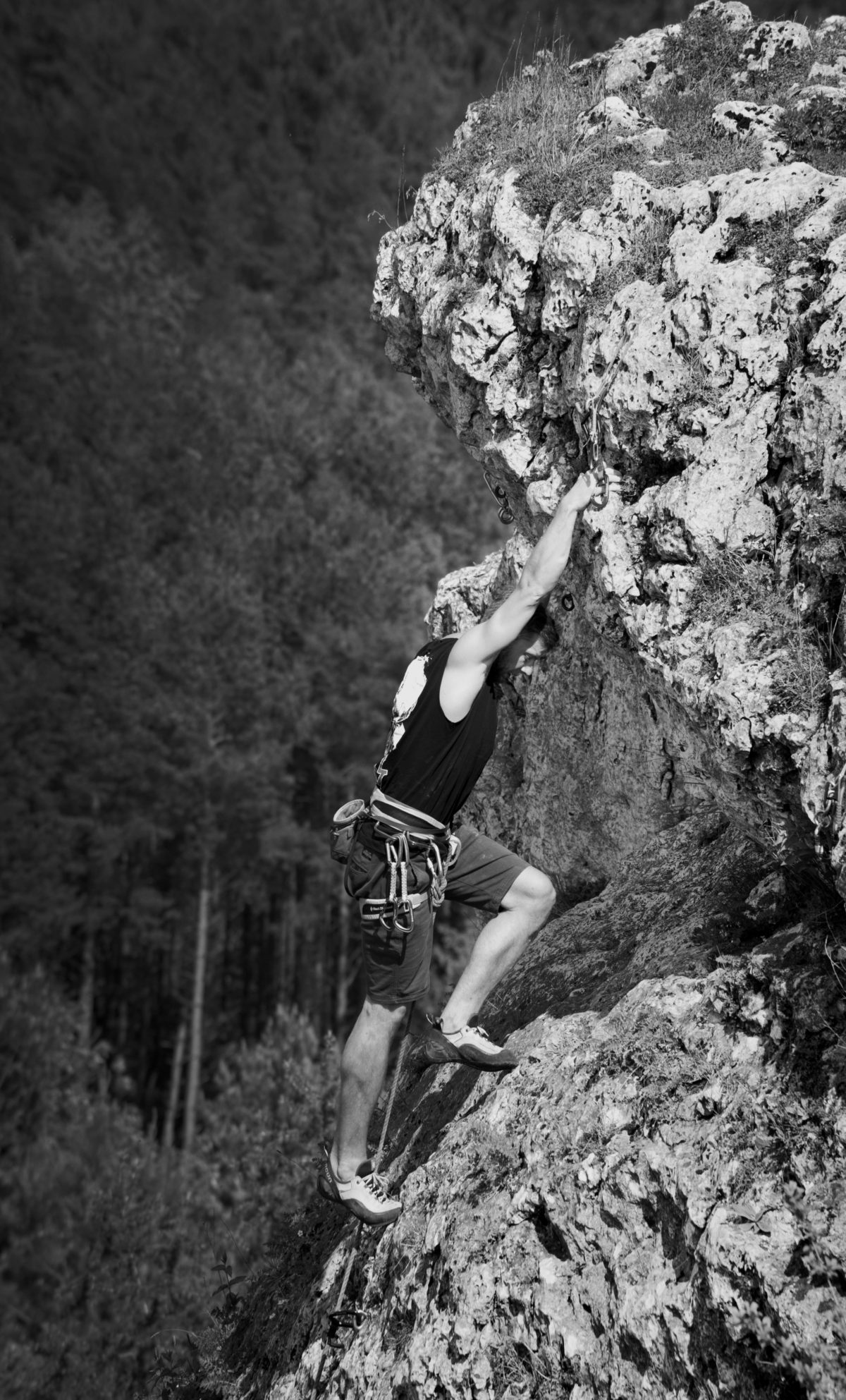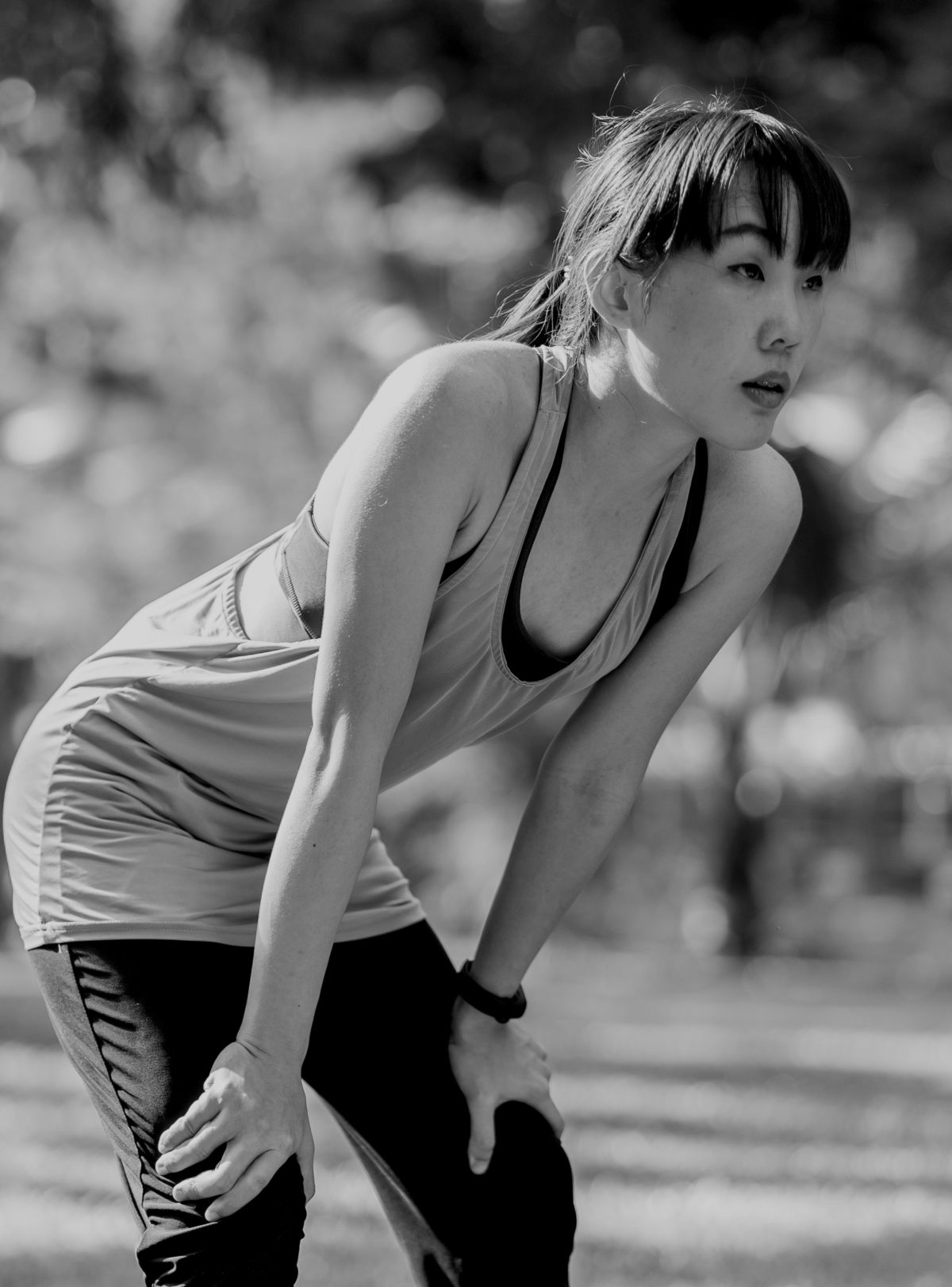CrossFit is hard work. It’s important to find your motivation – your why. You need to have a reason to get up and go to class every day. If you have a reason to cling to that’s personal to you, you’ll thrive so much more than you would otherwise.
I still remember my very first CrossFit class. I had just turned 24. For a long time, I had no interest in CrossFit. But one day, I realized the routine I had been doing was not working. So, I decided to give it a try.
I walked in and was surprised by who I saw. A pot bellied man in his 40s or 50s, a skinny kid who looked about 12, and a mom that looked like she had never worked out a day in her life. I’ll be honest, I looked at them and thought “If they are doing CrossFit, how hard can it be”? I was quickly and aggressively humbled…
I don’t remember the WOD, probably due to lack of oxygen to my brain. But, I do remember feeling like my heart was going to explode. My muscles were about to give out and my lungs were burning so bad that I couldn’t stop coughing. I looked around and the three people I had previously thought were easy competition were lapping me. They were beating me so bad it made it look like I was standing still.
I assumed these people must have been doing CrossFit for a few months, so I asked. No one there had been doing CrossFit for more than 2 weeks! Humility slapped me again. A 24 year old who had played sports and worked out for his whole life couldn’t hang with middle aged adults and a pre-teen! It was a wake up call. I instantly became committed to this new lifestyle.
Starting vs. finishing
As many have before me and as many have since that day, I started. But here is the thing, starting is easy. Anyone, literally ANYONE can start something. And yes, starting new things takes courage and it is impressive to see people start down the road of self improvement. But, I have learned that becoming strong enough to go through trials and tribulations is much more impressive than starting.
A lot of people want to lose weight, get stronger, work out a little bit, or whatever their goal might be. And many of those people start down that road. They try it out for a few days, weeks, maybe even months. But then an obstacle pops up. Maybe they tweak their back, their work schedule changes, they take a couple weeks off which turns into a couple months. Eventually, they end up quitting all together.
Guess what. Given enough time, adversity comes for everyone. Life steps in front of everyone’s goal. Your goal might be to get in shape, or have a family, earn a million dollars, or restore a car. It does not matter what it is, but you will have to stay committed if you want to finish.
And the further down the road to your dream you go, the further that finish line gets. You will reach checkpoints, but the finish line you originally pictured is a false peak. You have to keep pushing.
Many times in my CrossFit career both as a member and as an owner that finish line has moved on me.
Fail, cry, rest, or break down
If you want to succeed, you need to take quit out of your vocabulary. Seriously, do not even let it enter your mind.
There can be no quitting if you want to reach your goal. You might fail, you might break down and cry. You might need to rest, you might need to seek out help. All of these are fine and, if you have worked towards your goal long enough, all of these will happen.
The only thing not allowed is quitting. If you need to slow down from a sprint to a walk that’s okay. If you need to stop and catch your breath, okay. But you will continue forward, there is no turning back.
You just have to realize pushing towards your goal is the only way. It won’t be easy. There will be tough challenges and situations that make you rethink your goal. But you must find your motivation, your why, and hold onto it.
My why helps me when I have had surgery, an injury or wasn’t sure if the business would make it. I remember my why and it drives me to not give up.
Find your motivation
To find your motivation, think to yourself: WHY am I doing this? Let it come to you.
Everyone’s why is different. Some people want to be the best, and win gold. Others want to be the top earner in a company. Maybe they just want to lose a certain amount of weight. Maybe they want to provide a great life for their kids. Some people have people relying on them to accomplish this goal, and their why drives them to it.
Your why is that internal motivation. It is what makes it possible to keep going when you are tired or broken. Your why is what tells you to keep going even when you physically and mentally feel like you have given all. Your why isn’t mental, or physical, or logical…it is pure emotion. You can’t always rely on the physical, mental, or logical avenues. Why?
On the road to achievement you can’t let logic tell you what to do. Because logic will rationalize quitting. Logic will allow you to give up, and tell you it’s okay that you didn’t accomplish what you set out to do. Emotion will push your limits beyond what you logically or physically or mentally knew was possible. Your why is an ace up your sleeve. No one and nothing can take it from you. Doesn’t matter how big, or intimidating the challenge is – your ace can beat it.
If you don’t know your why, start trying to find your motivation. And once you do, hold onto it. Sometimes you may not need it, but when you do let it carry you towards that finish line.
